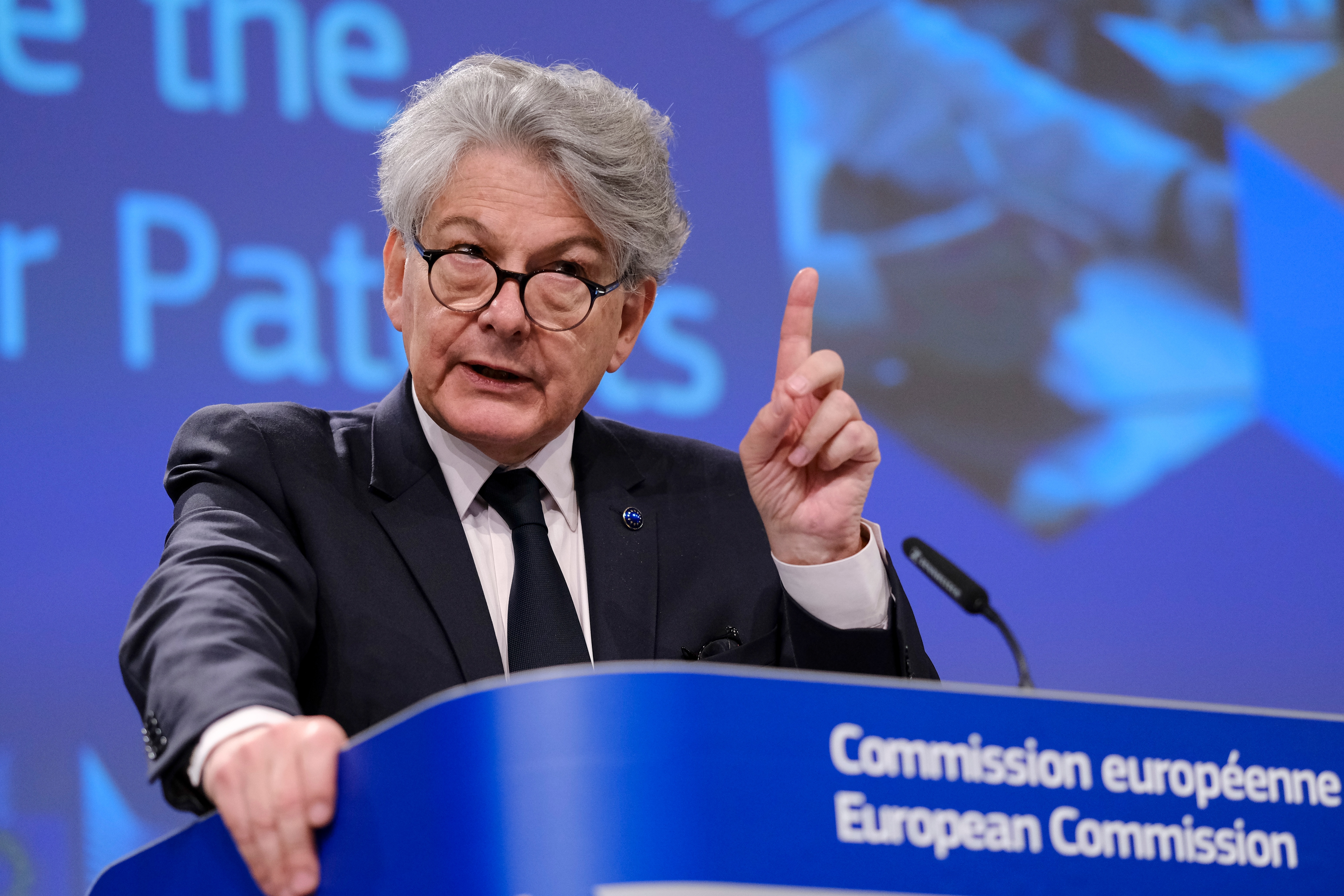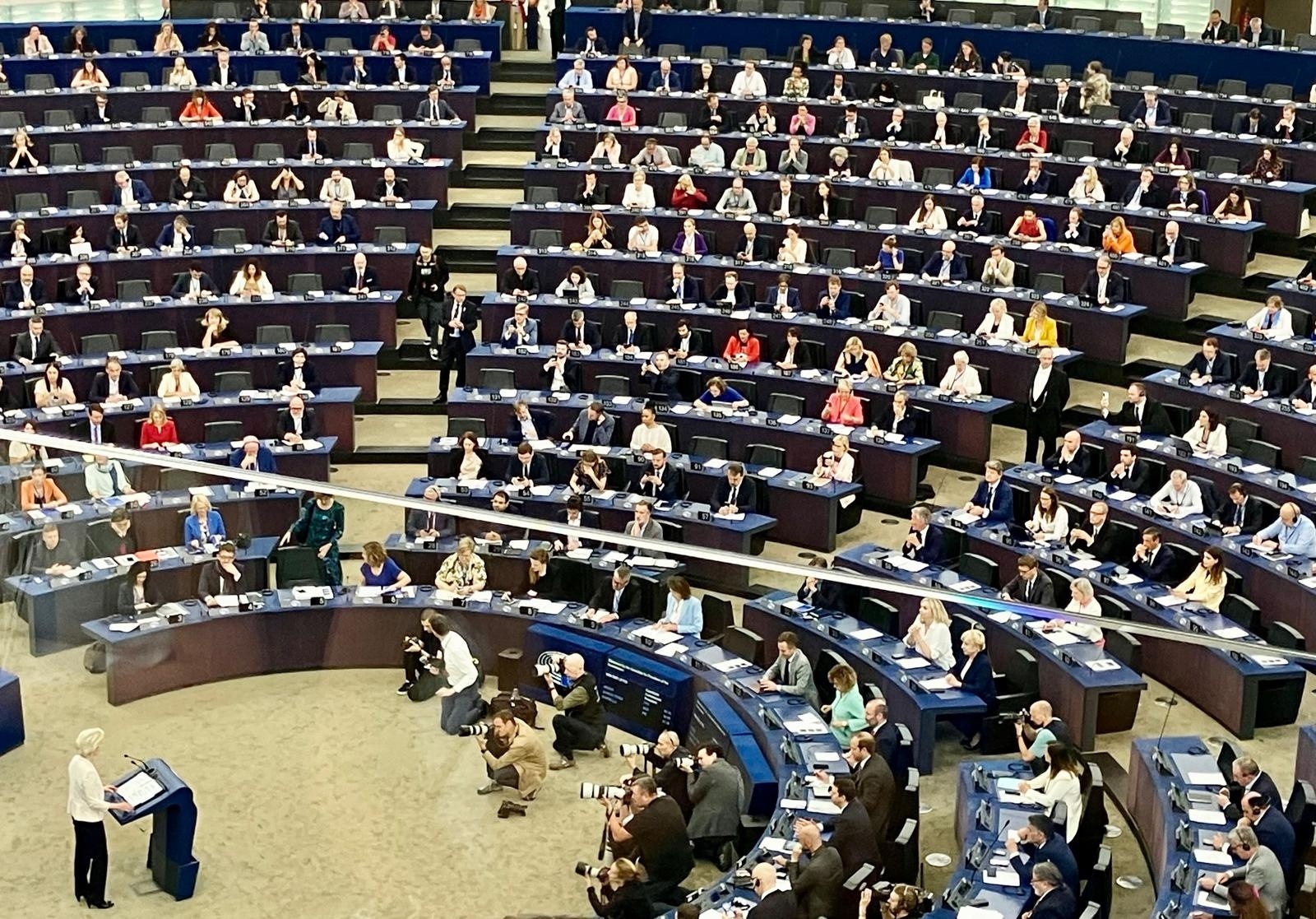International Climate Change: What does next week's conference in Lima hold?
by Inline Policy on 27 Nov 2014
On 1 December representatives of the 196 parties (member countries) to the United Nations Framework on Climate Change (UNFCCC) will gather in Lima for the annual Conference of the Parties (COP) international meeting. The climate negotiations have in recent years - especially since the conspicuous failure of parties at Copenhagen in 2009 to agree an international treaty - tended to be regarded as a non-event, an interminable discussion from which nothing material ever emerges. Will Lima, COP 20, be any different?
12 months out from Paris
First off, there is no escaping that Paris, COP 21, which will take place in December 2015, is starting to move into view. Paris is the deadline for yet another attempt to reach an international agreement on climate change. In that respect, even if Lima itself may not witness any game-changing decisions, as the COP before Paris it matters a lot in terms of momentum and the mood music.
Is the momentum there?
A primary problem with COP meetings in recent years has been that they have seemed divorced from the national policies and measures which negotiators’ governments are pursuing back on domestic territory. The negotiators have behaved as if in a bubble and have not necessarily reflected the multiple positive developments taking place on the ground. This will be the acid test for Lima, as representatives will be meeting against the most favourable backdrop there has been.
As evidence to back up this claim, consider these four highly significant developments over the last few months:
- first and foremost, the joint US-China announcement earlier this month about cutting their emissions. Sceptics might quibble about the extent of ambition enshrined in this deal; but it’s hard to question the political symbolism of the G2 coming together on this global issue, and the potentially galvanising impact on the international negotiations and on national policies (especially in other developing countries);
- next in line, the political agreement which EU member states reached in Brussels in late October on the 2030 climate and energy framework was also a landmark. Given all Europe’s economic problems in recent years and the continuing fault lines between western and eastern Europe on climate action, the agreement sends out a signal to the rest of the world that the EU remains serious about tackling climate change;
- the UN Secretary-General’s Global Climate Summit in September was instrumental in restoring climate high up the international political agenda. What was also significant was not only the number of heads of government who came to New York but the high number of CEOs, reflecting how climate and the green agenda increasingly matters to business;
- last, the pledging round for the Green Climate Fund just concluded means that it is on track to raise $10 billion by the end of the year. This sum might be at the lower end of ambition. However, it’s not the disastrous result some predicted. Some of the major industrialised countries (US, UK, Germany, France) have stepped up, and those working on the GCF can now look forward to the relevant discussions at Lima buoyed-up.
In short, any of these developments would have been helpful. Put together, they represent strong positive movement in advance of Lima and going into the crucial year of 2015.
How might that momentum be translated into outcomes from Lima?
Those searching for important pointers – from policy and business angles – coming out of Lima are recommended to look out for the following:
- On the big picture, does a draft text (or at least framework text) emerge from the COP to provide a solid platform for the build-up to Paris in 2015? One of the reasons why Copenhagen failed was that a negotiating text hit the table too late. Parties will need something tangible to get a grip on, six months before Paris - minimum.
- What will the COP conclusions say about the proposed targets (in UNFCCC jargon, Intended Nationally Determined Contributions) which parties are meant to submit to the UNFCCC next year, ideally in the the first quarter and well before Paris? The more directive the language is on this question, the more supportive to the process that will be.
- Carbon pricing and market frameworks are important issues for the business community, as witnessed by the World Bank’s statement on global carbon pricing at September’s New York, which was (extraordinarily) signed by over 1,000 companies. They will be hoping that Lima can build on that with supportive language in the conclusions in the use of markets and an indication that work on market frameworks will be on the pre-Paris priority list.
- Several membership organisations and NGOs are highlighting the need to move forward on tackling deforestation at Lima. Last year’s COP at Warsaw unexpectedly agreed on a framework for taking forward the REDD+ framework, the programme for reducing emissions from deforestation and for the sustainable management of forests. While deforestation remains responsible for about 20% of global GHG emissions, it seems right to continue focusing the spotlight. On REDD. From Lima we should keep an eye out for any progress on encouraging private sector investment in addressing deforestation, as well as pointers on how national action on forests can support a party’s emissions reduction target (the INDC).
- Incentivising private sector investment will also be a theme when it comes to considering the next steps on the Green Climate Fund. In a nutshell, the GCF won’t work unless it can leverage private capital many times over. Private and finance sector therefore must be a fundamental element as the GCF Board reflect at Lima on how its seed capital can now best be deployed.
Mood and dynamics might be even more important
Tangible decisions on these key issues will matter, both in terms of giving substance to the UNFCCC negotiations and for translating the international process domestically. But, perhaps even more importantly than all of that, the mood at Lima will be closely monitored. The international negotiations have a habit of quite quickly slipping into a torpor of girding process and delaying tactics. Should Lima succumb to that consistent failing - and not chime in with the new climate optimism of autumn 2014 - it will be a setback as we enter 2015.
There is an argument for saying that, in the final analysis, the UNFCCC doesn’t matter; and it’s true that national actions and policies will have the more material impact on whether the global community can successfully navigate the low-carbon transition and put a halt to dangerous climate change. But perceptions carry weight bigtime, as Copenhagen demonstrated most harmfully. This is why Paris will matter; and why therefore Lima most certainly will too.
Topics: European Politics, Energy policy, UK business, Climate Change, Economic policy







Comments